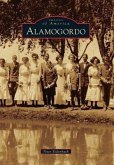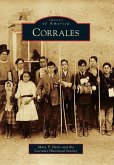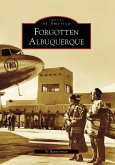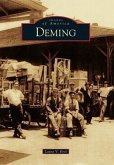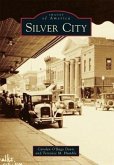The story of Los Alamos and the Pajarito Plateau begins with explosive eruptions. An ancient volcano in northern New Mexico created the mountainous region known as the Jemez, and with time, erosion sculpted narrow mesas and canyons. The first residents were Native Americans. One of their many pueblos was called Tsirege, or the "bird place," from which the name Pajarito originates, meaning "little bird" in Spanish. Homesteaders arrived in the 1880s, but the area was sparsely settled. In 1917, former Rough Rider Ashley Pond started the exclusive Los Alamos Ranch School in the isolated setting, but in 1942 the US government took an interest in that isolation. They abruptly closed the school, and Los Alamos became a secret military post. There, under J. Robert Oppenheimer's leadership, the atomic bomb was created. Postwar housing shortages, Cold War threats, and disastrous fires have challenged Los Alamos, yet it has endured as a place of unique history and natural beauty.


